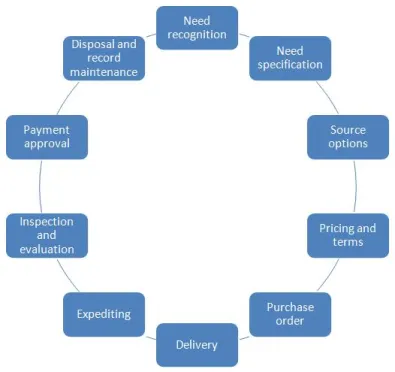Optimizing Your Project Plan Approval Process for Maximum Efficiency
- donnariekepro
- Jul 3, 2024
- 2 min read
Efficient project plan approval processes are critical for ensuring projects stay on track and meet their objectives within deadlines and budgets. Streamlining this process not only saves time but also enhances overall project management effectiveness. Here’s how you can optimize your project plan approval process to achieve maximum efficiency:
1. Establish Clear Guidelines and Criteria
Begin by defining clear guidelines and criteria for project plan submissions. This includes specifying required components such as objectives, deliverables, timelines, and resource allocation. Clear expectations help project managers prepare comprehensive plans from the outset, reducing the need for iterative revisions.
2. Standardize Templates and Formats
Standardizing project plan templates and formats simplifies the review process. Use predefined templates that include sections for key information like project scope, milestones, risks, and dependencies. Consistent formatting facilitates easier comprehension and evaluation by stakeholders and approvers.
3. Implement a Centralized Approval Workflow
Centralize the project plan approval workflow using digital tools or project management software. These platforms allow stakeholders to review plans, provide feedback, and approve or reject submissions electronically. Automating notifications and reminders ensures timely reviews and reduces bottlenecks.
4. Clarify Roles and Responsibilities
Clearly define roles and responsibilities for stakeholders involved in the approval process. Identify who initiates the plan, who reviews it, and who has final approval authority. Assigning accountability ensures swift decision-making and accountability throughout the process.
5. Integrate Collaboration and Feedback Mechanisms
Enable collaborative features within your approval process to encourage feedback and iteration. Incorporate mechanisms for stakeholders to comment directly on project plans, suggest revisions, or ask clarifying questions. Facilitating open communication improves plan quality and stakeholder buy-in.
6. Set Realistic Timelines and Deadlines
Establish realistic timelines and deadlines for each stage of the approval process. Communicate these deadlines clearly to all stakeholders to ensure prompt review and approval. Avoid unnecessary delays by setting expectations for response times and enforcing adherence to schedules.
7. Utilize Automated Approvals for Routine Tasks
For routine or low-risk projects, consider implementing automated approval workflows. Automated systems can handle predefined criteria and escalate more complex issues to human approvers as needed. This approach speeds up approvals for straightforward plans, freeing up resources for more strategic tasks.
8. Monitor and Evaluate Process Performance
Regularly monitor the performance of your project plan approval process. Track metrics such as approval cycle times, revision rates, and stakeholder satisfaction. Use feedback from stakeholders to identify areas for improvement and implement refinements accordingly.
9. Continuously Improve through Feedback Loops
Embrace a culture of continuous improvement by soliciting feedback from stakeholders on the approval process itself. Periodically survey participants to gather insights on user experience, effectiveness, and areas needing enhancement. Incorporate feedback into ongoing process refinements.
Conclusion
Optimizing your project plan approval process is essential for maximizing efficiency and ensuring project success. By establishing clear guidelines, standardizing templates, centralizing workflows, and fostering collaboration, organizations can streamline approvals, reduce delays, and enhance overall project management effectiveness. Implementing these strategies not only saves time and resources but also improves stakeholder satisfaction and project outcomes. Embrace continuous improvement to adapt your approval process to evolving needs and challenges, keeping your projects on track and your teams focused on achieving their goals. SITES WE SUPPORT
SOCIAL LINKS




Comments